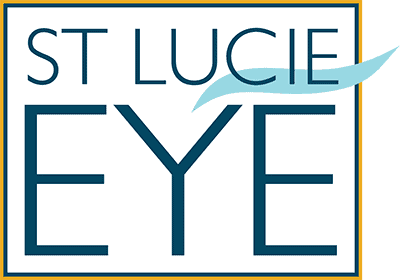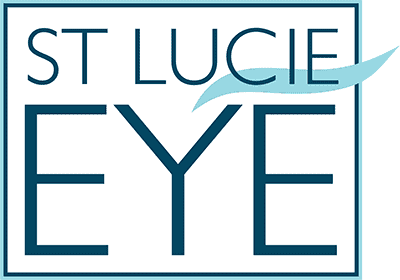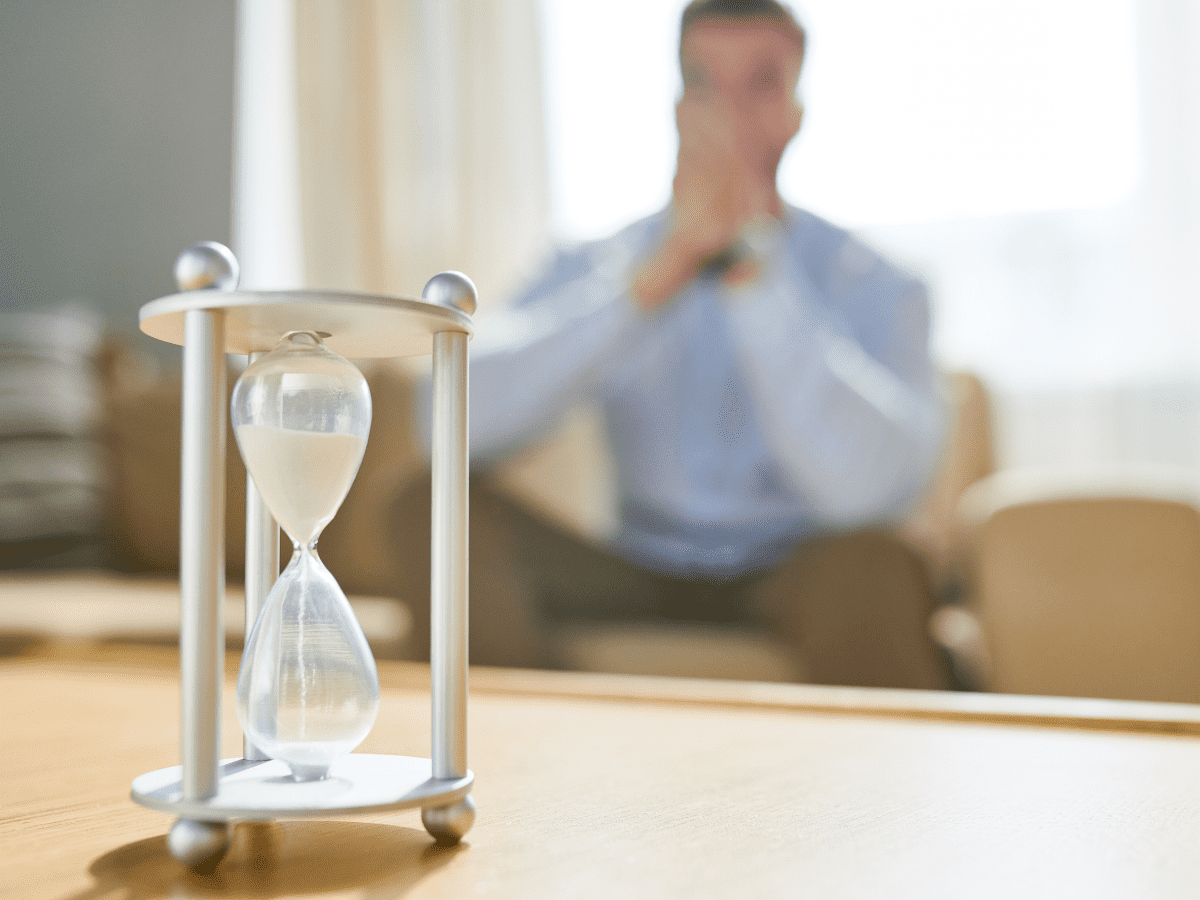If you’ve been to the ophthalmologist office recently, you may wonder why a yearly eye appointment typically takes over an hour. We’re here to help answer your questions about the normal length of time for a comprehensive exam.
Eye Exams are… well, Different
There are a lot of moving parts to your comprehensive ophthalmology visit. Remember that the goal is to not only measure your visual acuity for glasses or contacts, but to evaluate your complete eye health.
Most diseases of the eye begin without warning. Glaucoma, diabetic eye disease, and macular degeneration can all begin without symptoms and can be devastating if not treated early. Advanced testing allows for early treatment and helps save vision over the long term.
Because the inner workings of the eye are difficult to visualize, advanced imaging technology has revolutionized the eye exam. Modern testing allows for incredible 3D imaging produced in digital layers of 10-15 microns. For comparison, a piece of household dust is 40 microns. The resulting images provide the same cross section detail as a biopsy.
For reference, your exam occurs in three distinct sections: technician testing, dilation, and exam with physician.
FIRST- ‘Lab Work’ Technician Testing
Time: 20-30+ minutes
Unlike other physician visits, a comprehensive eye exam will include multiple tests completed by an ophthalmic technician prior to you seeing the doctor. Think of it as your eyes lab work. The test results are reviewed later in the appointment with your doctor.
Comprehensive testing includes visual acuity, refraction, eye pressure, laser imaging of the eye, visual field study, and possible electrophysiology that measures visual brain activity.
Each test examines and identifies a different function of your eye health. Many of these tests are so sophisticated that they identify signs of eye disease before visual symptoms begin. The tests are extremely useful as a baseline for year after year comparison and early treatment when necessary.
Special note – some testing equipment may be in use by other patients during your visit and can affect the total time of the appointment.
SECOND- ‘Waiting in the dark’ Dilation
Time: 20-30+ minutes
Dilation is one of the most important parts of your comprehensive exam. It allows the doctor to visualize the internal anatomy at the back of the eye, including the optic nerve.
Before seeing the doctor, your technician will instill drops to open and dilate your pupils. The drops may sting, especially if your eyes are dry.
After the drops are in, you’ll be escorted to a darkened area to wait until your pupils are fully dilated. Dilation time is different for everyone but typically averages 20-30 minutes.
Mild discomfort from bright lights and glare are expected. Reading and near vision will be blurry. Listening to music, a podcast or audio book with Bluetooth headphones can help pass the time.
Understandably, patients sometimes feel abandoned or forgotten during dilation– thinking that their appointment is running behind. Every effort is made to make this necessary wait time as comfortable as possible. Knowing about the planned pause ahead of time is a first step.
We recommend to not plan work assignments or events immediately following dilation. Your eyes will struggle to focus or read and will be extremely sensitive to bright light and sun. Sunglasses and dim light can help ease any discomfort.
If you know that your eyes are particularly sensitive to dilation, request reversal drops to shorten the time for your pupils to return to normal size.
Special note – some individuals require multiple dilating drops and extra time during this step. Do not be alarmed, it does not mean anything is wrong with your eyes.
THIRD- ‘Putting it all together’ Exam with Ophthalmologist
TIME: 20-30 minutes
Now for the best part. Meeting your ophthalmologist!
At St Lucie Eye, your physician uses this time to get to know you, your history and answer any questions. Unlike other types of physician visits, your ophthalmologist will be completely focused on you. (pardon the pun…)
Ophthalmologists have a special assistant called a scribe who documents all the details of your visit. This allows the doctor to answer your questions without staring at a computer screen and checking off boxes.
After introduction, your physician will use a high-powered microscope called a slit-lamp to visualize internal parts of the eye. You head sits on a chin rest and a very bright light is used to illuminate the structures of the eye in high detail. Your doctor observes for signs of cataract, corneal scratches and dry eye on the front portion of the eye and then looks at the retina and optic nerve at the back of the eye for signs of damage or disease.
The doctor will also examine the outer portion of your eye and lids for signs of ptosis (drooping) or eyelash infection (blepharitis).
Diagnosis is the final step of your exam. The doctor will explain all your findings and discuss how to maintain optimal eye health.
Special note – if your doctor recommends a brief procedure such as punctal plugs for dry eye, or needs to discuss a new or changing diagnosis, this portion of the exam may last longer.
Final Wrap-Up
After all your questions have been addressed, it’s time to check out. Your doctor will let you know how frequently to schedule follow-up visits and a future appointment will be scheduled. You’ll receive prescriptions for eye drops and eyeglasses at this time and can purchase over-the-counter artificial tears if needed.
Finally, you may want to browse the optical department for new frames if your eyeglass prescription has changed significantly. This can be a fun diversion after your visit!
LOOKING FOR MORE INFORMATION ABOUT TESTING DONE DURING AN EXAM?
Check out the latest blog article about diagnostic testing HERE


